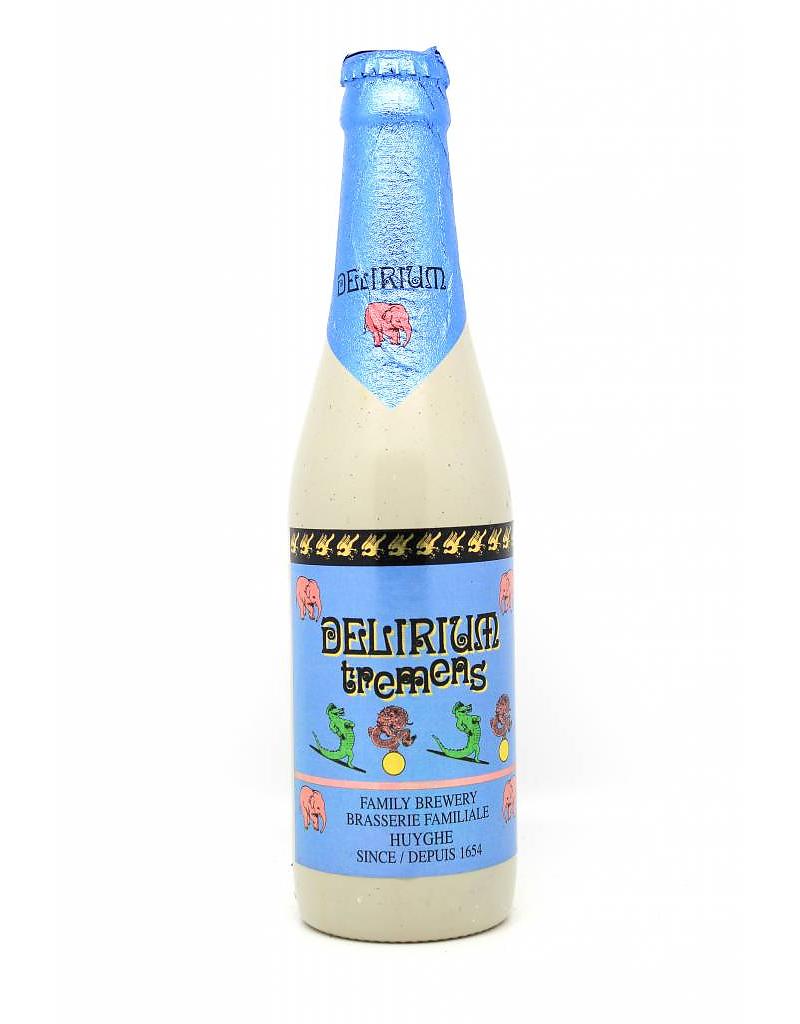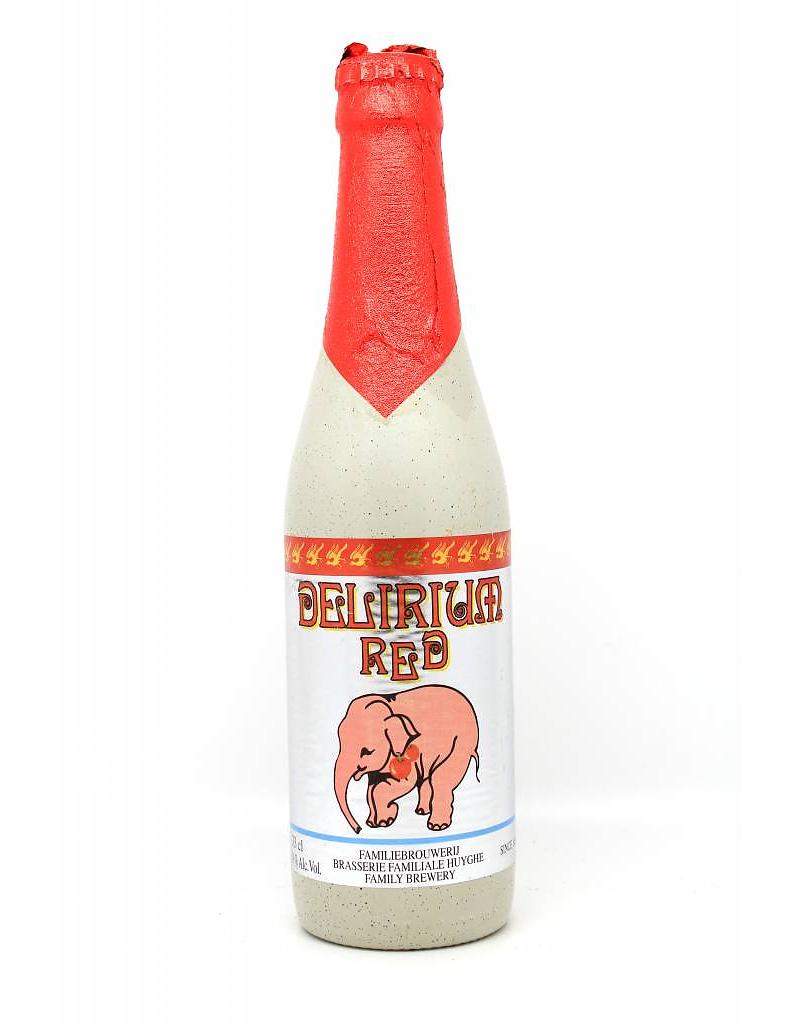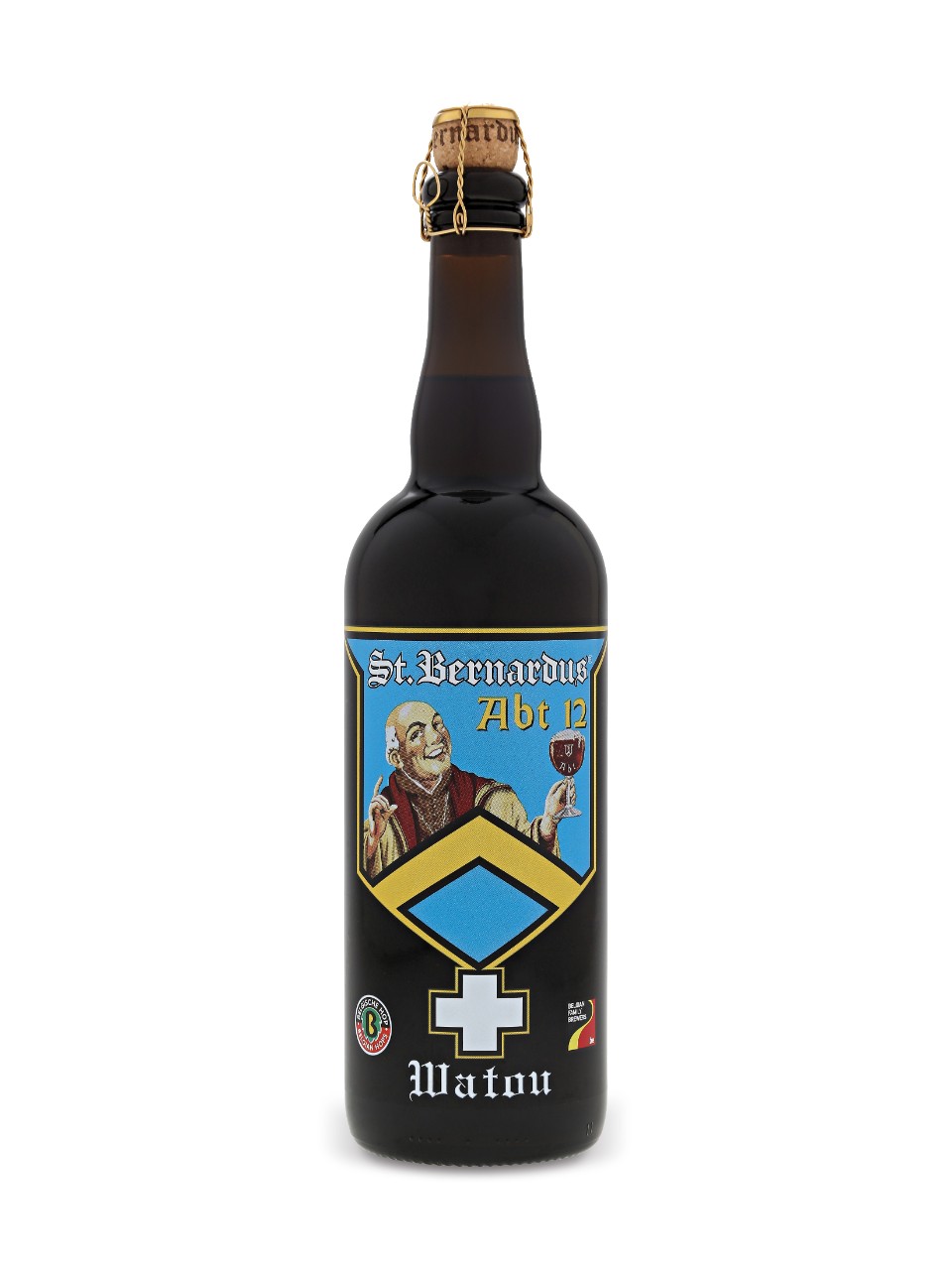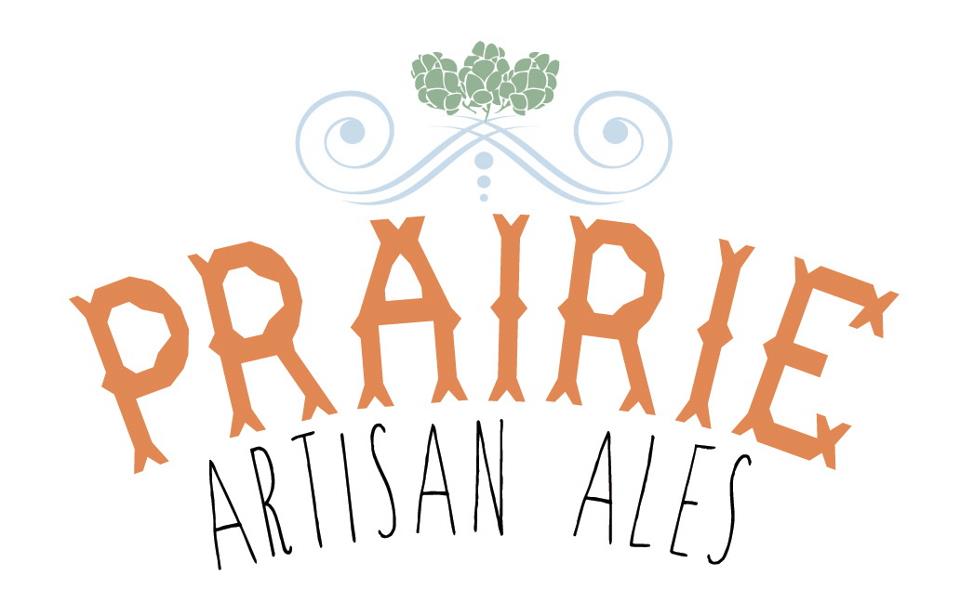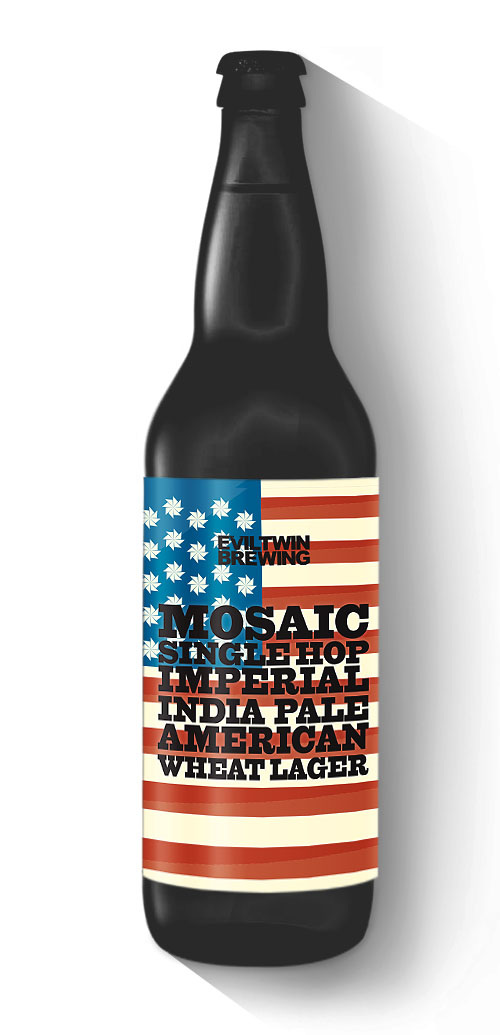
Hops, love them or hate them, are an integral ingredient of beer. Most beers, even light beers, contain at least some hops. Traditionally hops are the main (and usually only) flavor component in beer. Water provides a base and grains such as barley, wheat, or rye provide the fermentable sugars, but without the hop, beer would taste bland and boring. Originally hops where added during the brewing process as a preservative to help pale ales brewed in England survive the long journey by sea to British colonies in India, thus the IPA or India Pale Ale was born. In recent years, with craft beers becoming more popular and more widely available, we’ve seen hops showcased as an ingredient more often. Almost every craft brewery you will see makes a pale ale or an IPA bursting with hoppy goodness. Contrary to what you might think, there’s a lot more to hops than just bitterness. In this guide we hope to give a brief overview of some various hop varieties you might encounter so you’ll have a better understanding of where the flavors you taste in the beer are actually coming from and so that you might start to appreciate the hop for more than just its bitter finish.
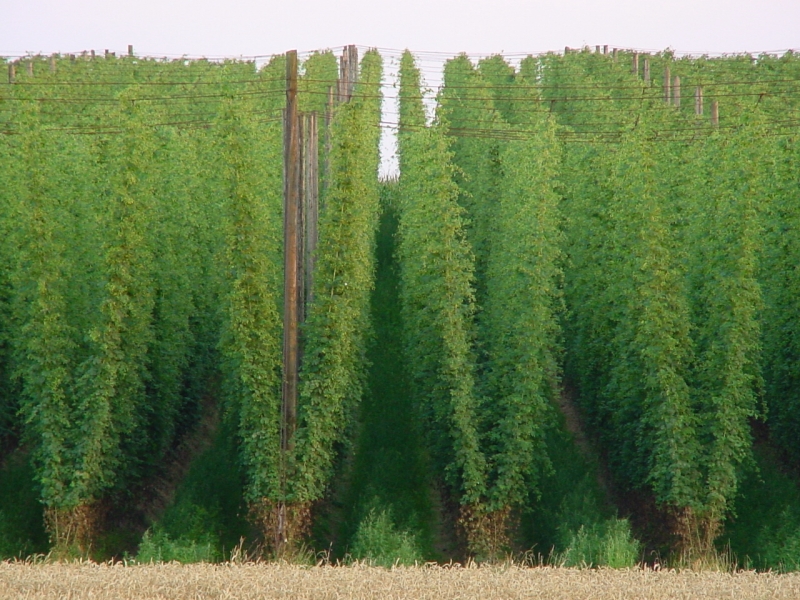
First, a little background: Hops are the flowers that grow on the Humulus lupulus plant. Hops are grown all over the world. Most hops used in beer are grown in a handful of regions around the world, not surprisingly near areas where beer has historically been a staple. Germany, the Czech Republic, England, and The United States are the primary places where hops are grown. The flower itself is a soft, leafy, pine-cone shaped bud. Hops are grown during summer and then harvested all at once, so “fresh hops” truly are a seasonal product. Most breweries use dried hops or hop pellets for flavoring.
Noble Hops
The oldest, most traditional of the hop varieties are known as the Noble hops. These are hops primarily grown in Germany and the Czech Republic and are found alone or in some combination in most beers from the area. Hallertauer-Mittelfrau, Tettnanger, Spalt, and Saaz are the four Noble hops. The most recognizable of these is Saaz which is earthy and spicy. Saaz hops are showcased in beers like Pilsner-Urquell for a classic Czech style pilsner.
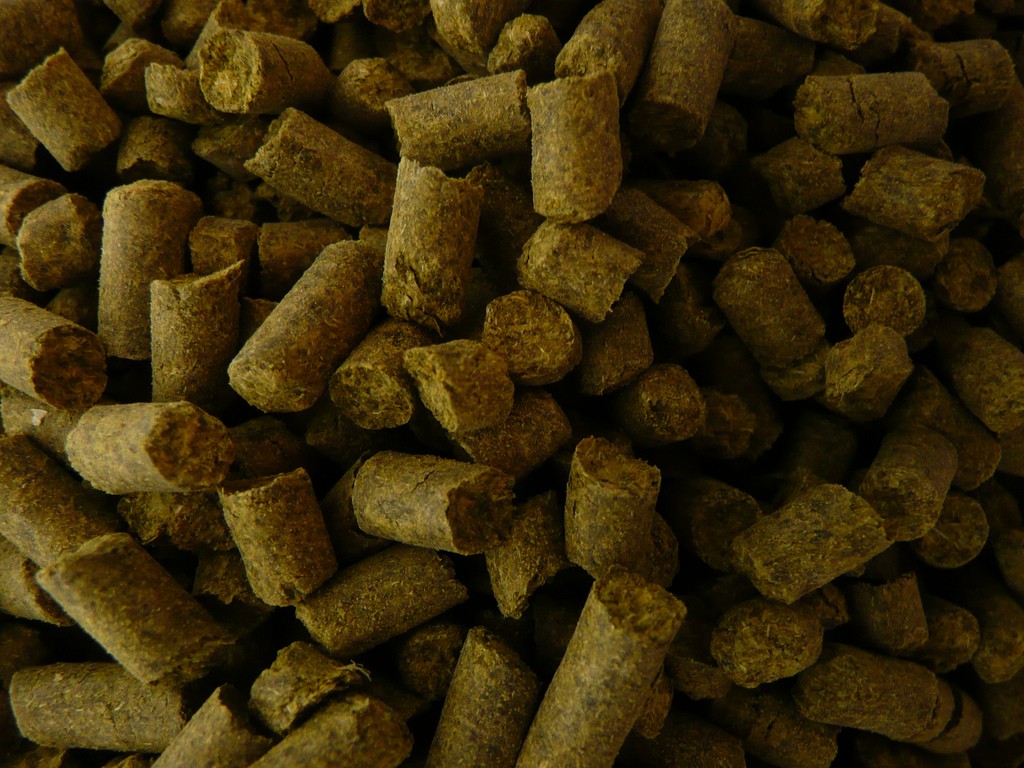
English Hops
English hops are somewhat less well known, and they tend to play more of a supporting role than the Noble varieties or their more intense American cousins. A few common varieties are Fuggle, Challenger, Golding, and Northern Brewer. Many traditional English ales tend to be more malt forward. Even a traditional IPA like the one made by Samuel Smith brewery has less of a sweet citrus and resinous pine character and more of a dry, bitter backbone. For an American take on a traditional English hop, try Anchor Steam beer brewed in San Francisco with exclusively Northern Brewer hops.
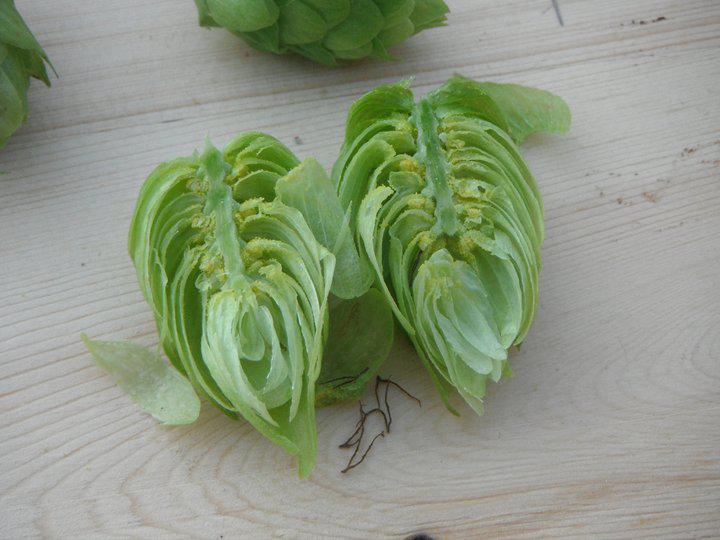
American Hops
There are three main American hop varieties known as the “Three C’s:” Cascade, Centennial, and Columbus. Cascade has a lovely floral character and notes of citrus, especially grapefruit. Centennial AKA “super cascade” has a similar yet more intense flavor and aroma. Columbus is a bit more savory and spicy with aromas of resinous pine. A fourth C, Chinook, could be considered a classic as well. Although it rarely takes center stage, Chinook is a good balance between intense resinous pine and bright citrus. For a taste of Chinook hops, try Stone Brewing’s Arrogant Bastard Ale.
A few other honorable mentions from the US would be:
*Citra- a bright orangey tropical hop.
*Simcoe-a complex and intense hop with aromas of citrus, pine, and sweet onion
*Mosaic- a pungent hop with a piney backbone and layers of citrus, peach, and tropical fruit
*Amarillo-a powerful hop that pops with aromas of orange and citrus fruits.
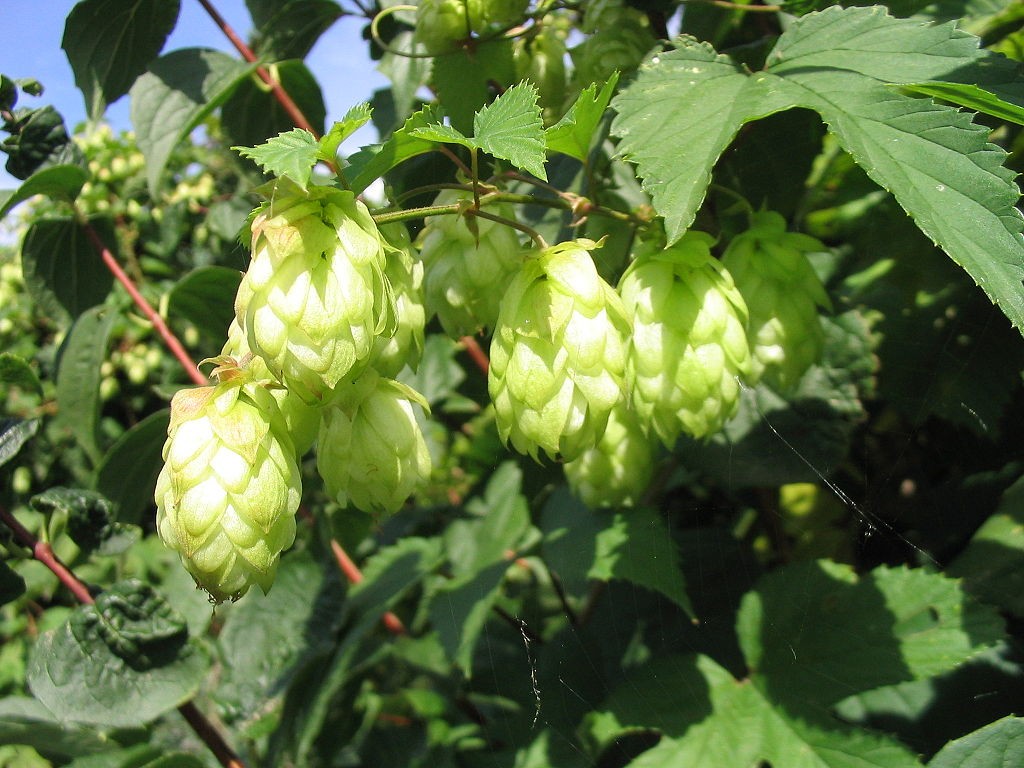
BItter, Bitter, Bitter! Yes hoppy beers do tend to have a bitter aftertaste. But much like the tannin in red wine this sensation is part of the experience and is meant to add to the enjoyment. This bitterness is measured in IBUs (international bitterness unit); the higher the number the more intense the bitterness. If you haven’t yet acquired the taste for a huge double IPA maybe start with an American pale ale like the one from Lost Forty. The wonderful citrus aromas and the crisp hop bite make for a refreshing experience and will leave you craving the next sip.


